YESTERDAY. most of Spain’s Three Kings Parades defied the rain, and took place as planned – or slightly earlier than scheduled. Today, January 6, is when Spanish children finally open their Christmas presents.
This custom is in contrast to the UK (and other countries), where Santa Claus visits during Christmas Eve. Excited children open their presents under the tree on December 25.
In the UK, the new school term started on 3 January, and people are back at work. Christmas ends after New Year’s Day, with some people dismantling their trees and decorations beforehand.
British expats, unaccustomed to the extended Spanish festivities, can be surprised that it “goes on so long”.
El Día de los Reyes’ – Three Kings’ Day – a huge event
Celebrated on January 6 annually, the Three Kings Day is a big event In Spain. Rooted in the biblical tale, it commemorates the journey of the Three Wise Men – Melchior, Gaspar, and Balthazar. They travelled from the Orient to honor the newborn Jesus with gifts of gold, frankincense, and myrrh. In Spain, this narrative has evolved into a vibrant celebration, with parades, floats, ‘caramelos’ (sweets), and giving children their gifts.
Days before the event, children are encouraged to write cards to the Three Kings, explaining what gifts they want. These cards are posted in special places set up by the local ‘ayuntamiento’s (town halls).
This year, Canal Sur – one of Spain’s main TV channels – ran a joke saying that the Three Kings had lost thousands of letters from Andalucían children. There was a hunt for them (generally by Canal Sur presenters on some CGI or AI generated camels!). Some children might have found this unfunny!
Impressive parades and celebrations
An unbreakable tradition, the ‘Cabalgata de los Reyes’, or Three Kings Parade, is held on the evening of January 5 in every city, town, and village
A much-anticipated event, it ends the festive season with a conclusive and well-anticipated bang! In some cities, it is bigger than New Year’s Eve.
It is significant in Andalucía, including Granada region, which has a historic ‘cabalgata’ (parade) that started in 1912.
While Christmas Eve (Nochebuena) and New Year’s Eve (Nochevieja) are based on meals with family (at least until midnight), the Three Kings is a public spectacle from the start!
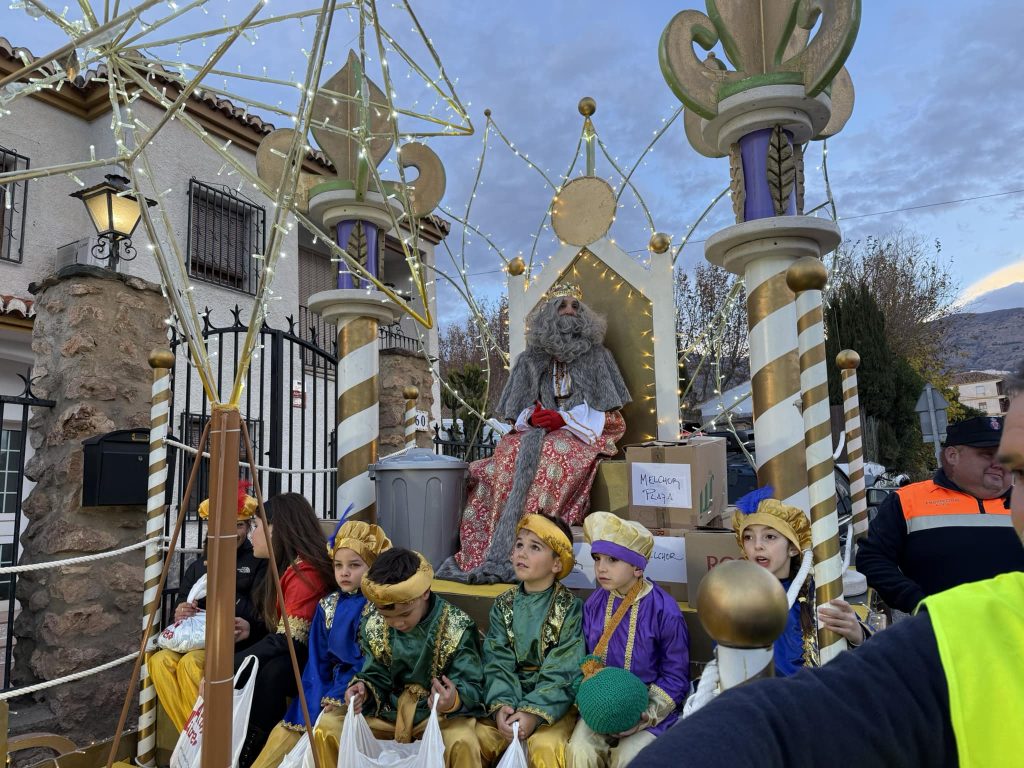
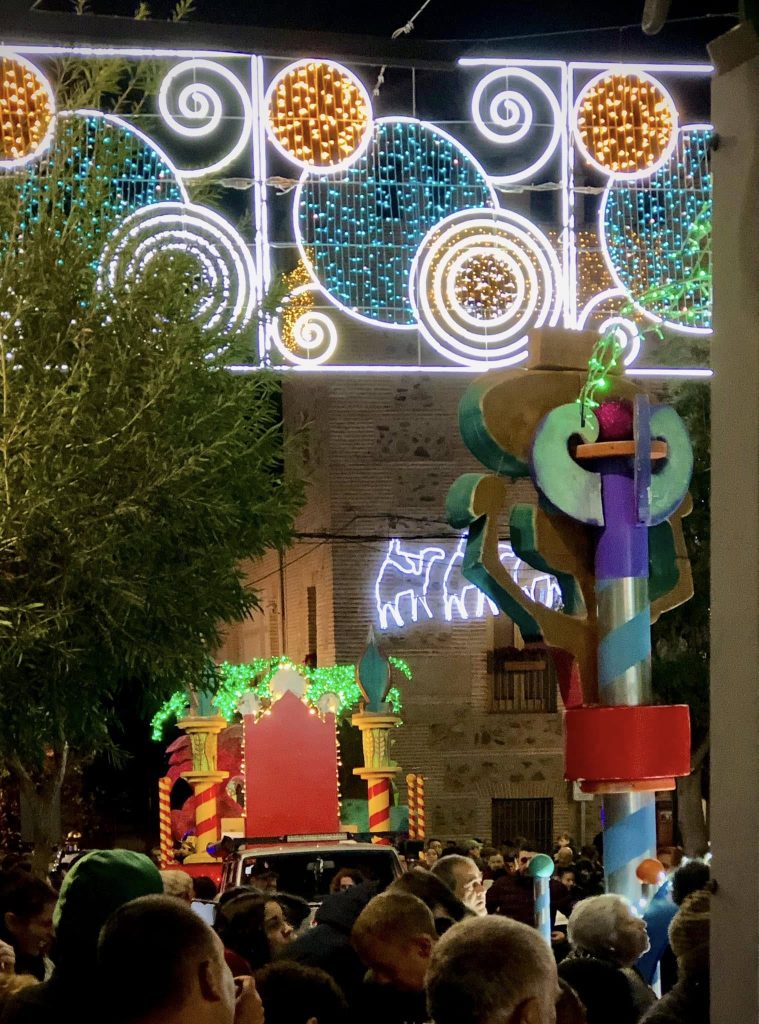
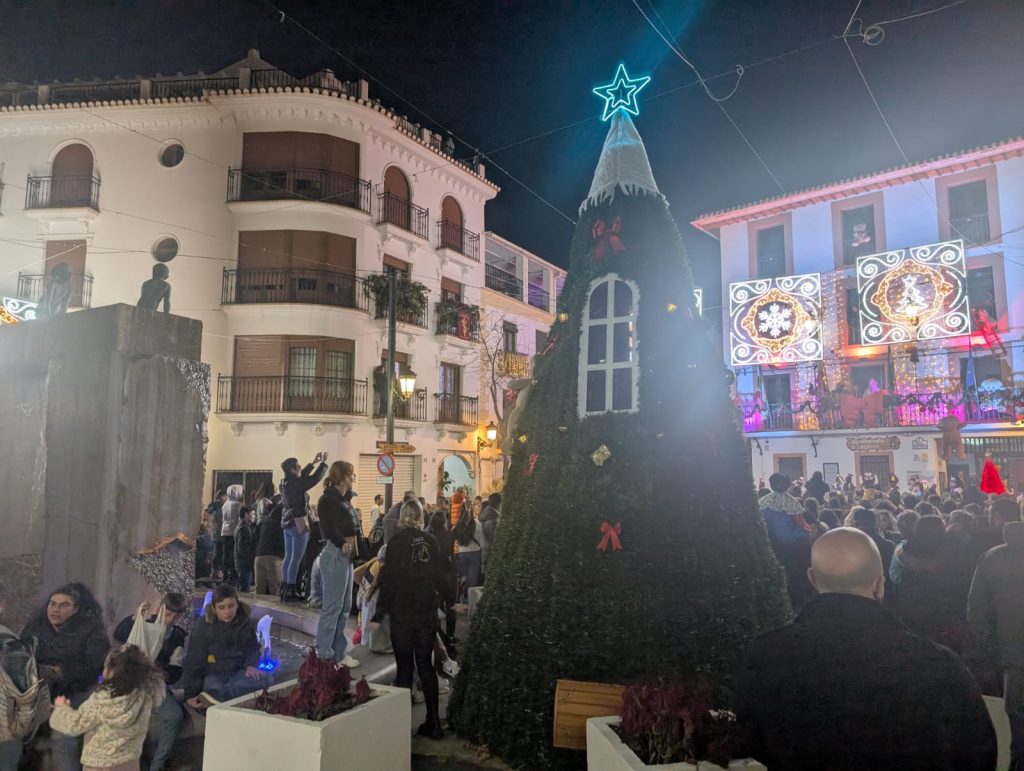
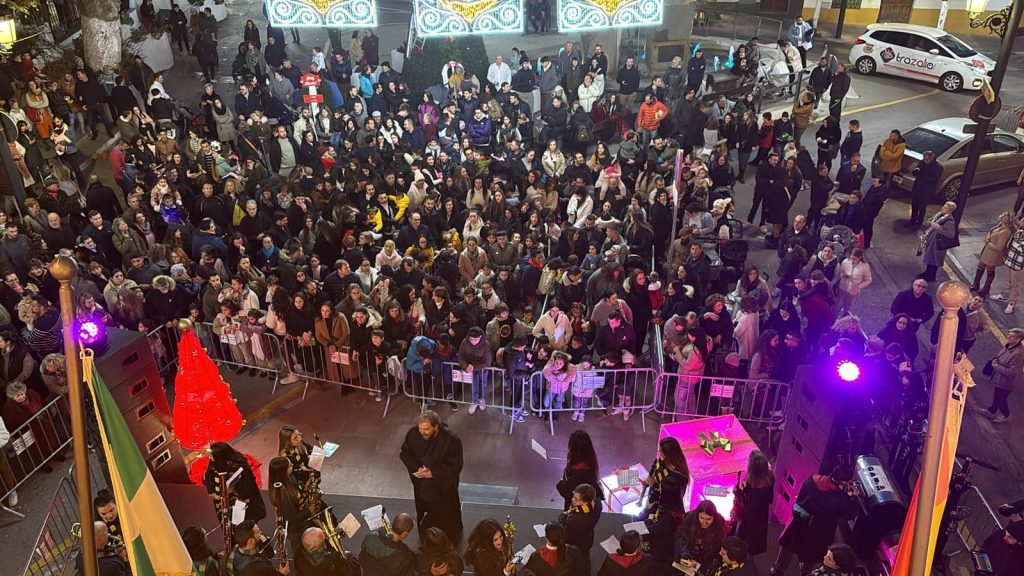
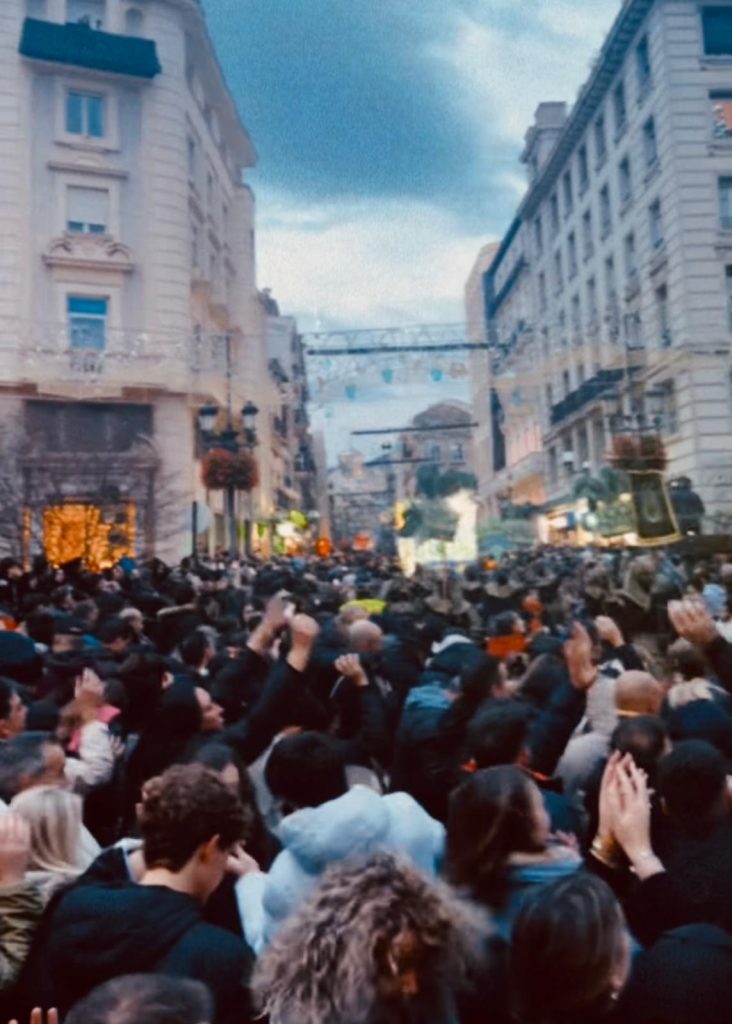
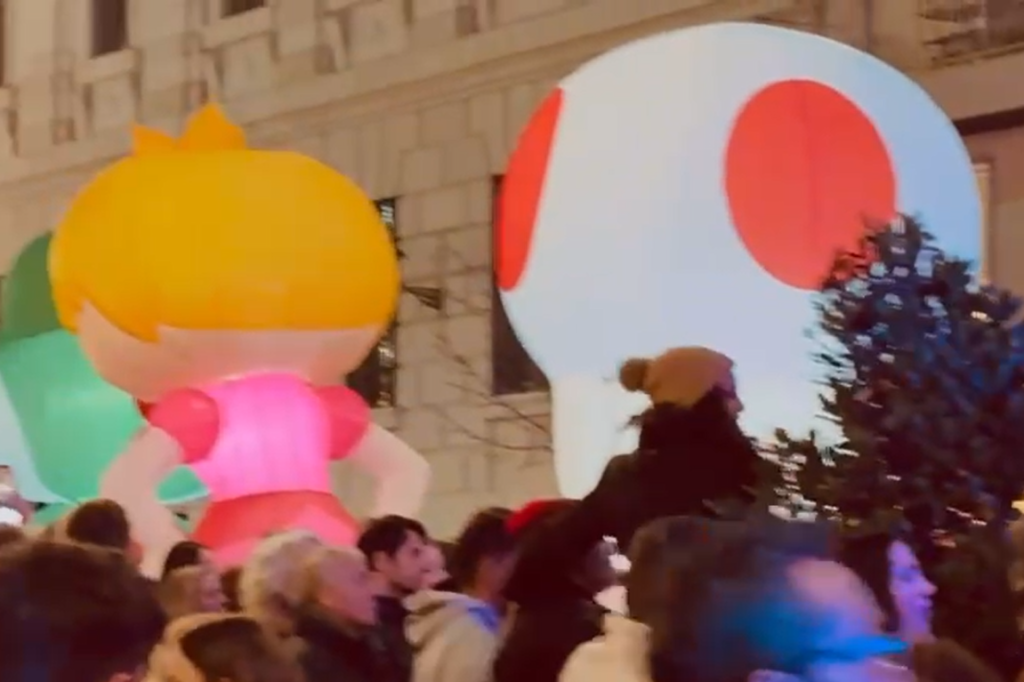
This year’s events
This year, many parades were advanced several hours to avoid being stopped by the incoming rain. Algeciras almost completed its route (‘recorrido’) before the parade was rained off and the ‘caramelo’ wrappers swept away from the wet streets.
In most cities, the ‘cabalgata’ is a major undertaking. Especially in provincial capitals, you can find 500 to 1,000 participants in each parade. This year, there were giant inflatable dolphins, dancers, and UV displays. Seville covers a route of 10km, taking several hours, and the participants threw 100,000 kg of sweets at the onlookers below.
Granada distributed 16.000 kg of sweets donated my Emasagra, Alcampo and – surprisingly – Mae West!
Zoe, a Brit living in central Granada, said: “There are thousands people out, DJs, and mega street parties. They are throwing some proper swag here, including mobile phones. I’ve never seen as many people in my life here. It’s absolutely heaving..”
Some controversies, as usual
As always, the Three KIngs parades received some negativity. There were comments on social media about the use of camels in the parades – most notably in Granada. Also, the annual issue of “blackface” on Balthazar, which is considered by many to be cultural appropriation or racist. Almeria capital had clearly avoided this problem by appropriately employing people of colour in the role.
All partied out…
From today, the Christmas party is definitely over in Spain. For some Brits, hankering towards “Dry January” (or even just one quiet night!), the Three Kings went beyond their endurance level and the wood-burning stove beckoned strongly, with no chance of rain!
If you want to remain indoors for cultural spectacles, watching them unfold on Canal Sur is always a comfortable option!
